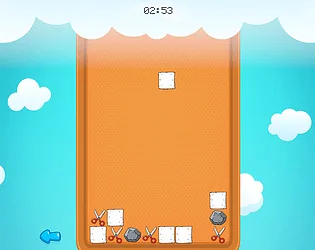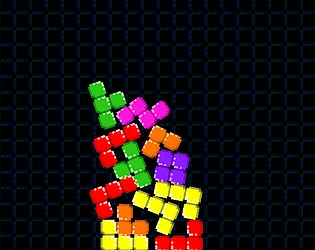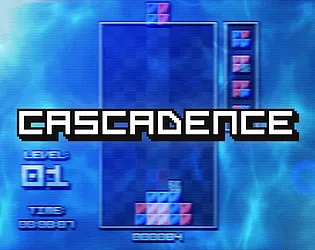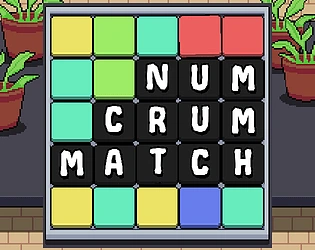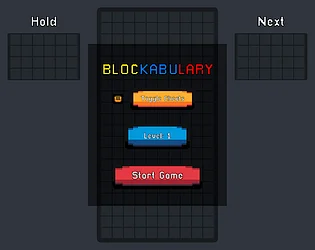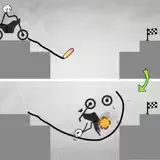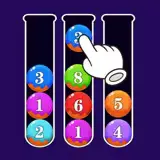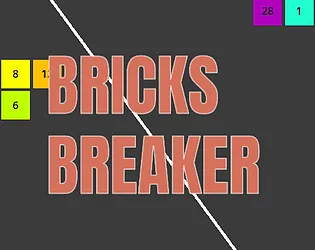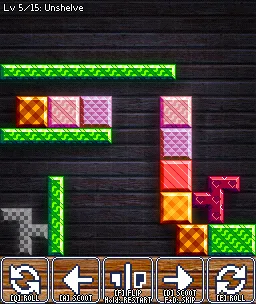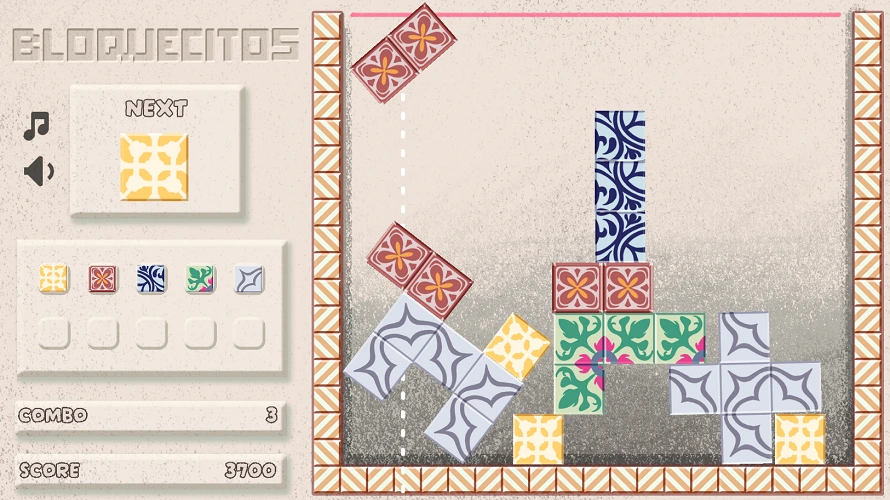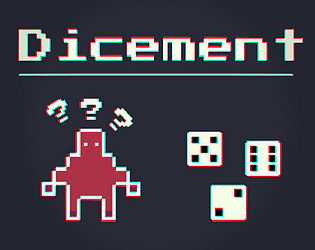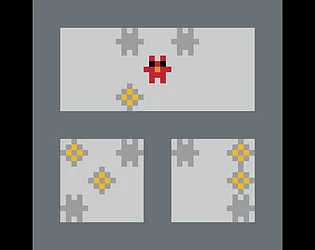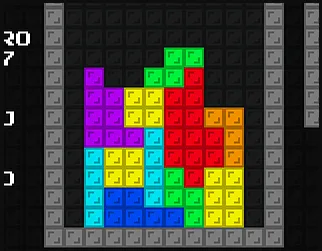
Dupartitris
Split Tetris pieces across grid edges for massive scoring combos
Dupartitris
Dupartitris — Split to Fit and Maximize Your Score

Dupartitris takes the beloved Tetris formula and adds a game-changing twist: strategic piece splitting. Instead of simply stacking falling blocks, you'll intentionally divide pieces across grid edges to earn dramatically higher scores. This single mechanic transforms familiar Tetris gameplay into something fresh, rewarding creative placement strategies over pure speed.
🎮 What is Dupartitris?
Dupartitris is a modern take on classic Tetris that introduces a revolutionary scoring system based on piece splitting. The core gameplay remains familiar—falling tetrominoes, line clearing, increasing speed—but the optimal strategy is completely different.
In traditional Tetris, you simply place pieces to clear lines efficiently. In Dupartitris, you're actively encouraged to split pieces across the grid's horizontal and vertical edges. When you clear lines using split pieces, your points multiply dramatically. A standard double line clear earns 100 points, but a split double line clear earns 300 points—triple the reward!
This scoring mechanic fundamentally changes how you approach each piece. Instead of cleanly stacking blocks, you're constantly looking for opportunities to split pieces strategically. Can you position this L-piece so half sits on the left side and half on the right? Can you drop this T-piece across the vertical midline to maximize your splitting bonus?
The game heavily rewards players who master the splitting technique. A split triple line clear (900 points) vastly outscores even a standard Tetris clear (400 points). This creates a fascinating risk-reward dynamic: do you play it safe with traditional placements, or push for ambitious splits that might create awkward gaps?
Dupartitris supports both keyboard and gamepad controls, includes a hold function for strategic piece management, and offers game modes with and without splitting mechanics for players who want to compare strategies.
🕹️ How to Play Dupartitris
Dupartitris features responsive controls optimized for precise piece placement:
Controls
| Action | Keyboard | Gamepad |
|---|---|---|
| Move Piece | Left/Right Arrows | D-Pad Left/Right |
| Soft Drop | Down Arrow | D-Pad Down |
| Hard Drop | Up Arrow | D-Pad Up |
| Rotate | X/Z | B/A |
| Hold | C | L/R |
| Pause | Enter/Escape | Start |
| Confirm | Enter | Start/A |
Scoring System
Dupartitris Scoring (Split Mode):
| Clear Type | Single | Double | Triple | Tetris |
|---|---|---|---|---|
| No Split | 40 | 100 | 210 | 400 |
| Splitted | 80 | 300 | 900 | - |
Classic Tetris Scoring (Split Disabled):
| Clear Type | Single | Double | Triple | Tetris |
|---|---|---|---|---|
| Points | 40 | 100 | 300 | 1200 |
Note: Split triple clears (900 points) reward more than standard Tetris clears (400 points), making splitting the optimal strategy.
Gameplay Strategy
- Prioritize splitting – Aim to place pieces across grid edges whenever possible
- Plan multiple lines – Set up double and triple line clears with split pieces
- Use the hold function – Save pieces that work perfectly for splitting opportunities
- Think asymmetrically – Abandon traditional Tetris stacking patterns
- Accept messiness – Split placements create unconventional board states—embrace it
- Watch the edges – Focus on the grid's center division line for maximum split potential
📸 Dupartitris Gameplay Walkthrough
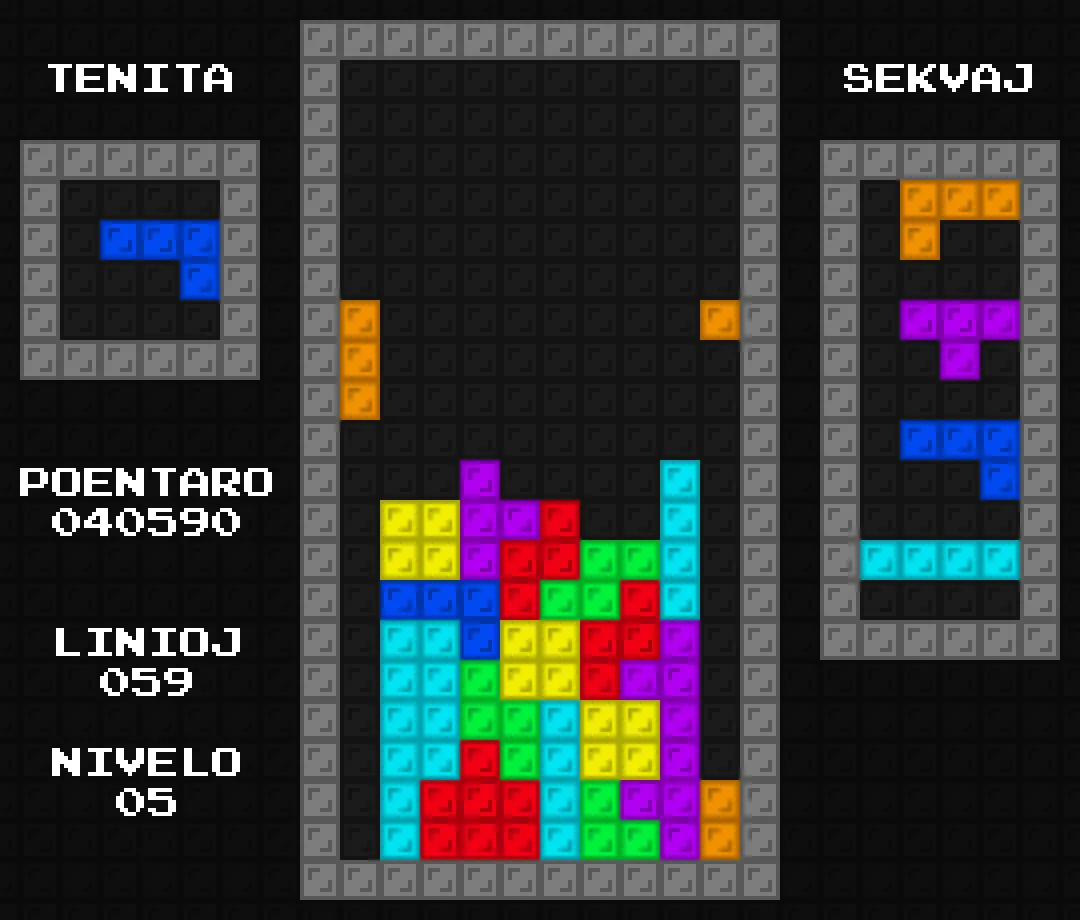
🧱 Learning to Split
When you first start Dupartitris, the splitting concept feels counterintuitive. Your Tetris instincts tell you to stack pieces cleanly on one side. But the scoring system aggressively pushes you toward a different approach.
Try placing an I-piece (the long straight piece) horizontally across the grid's center line—two blocks on the left, two blocks on the right. When you clear that line, you'll earn 80 points instead of 40. You just doubled your score simply by changing where you placed the piece.
This early experimentation teaches you to see the grid differently. The center line isn't a barrier—it's an opportunity. Every piece becomes a potential split candidate. Can you rotate that T-piece and drop it so it straddles the edge? Can you position that Z-piece to maximize splitting while still contributing to line clears?
The learning curve is short but satisfying. Within a few games, you'll naturally gravitate toward split placements, recognizing scoring opportunities that would be invisible in traditional Tetris.
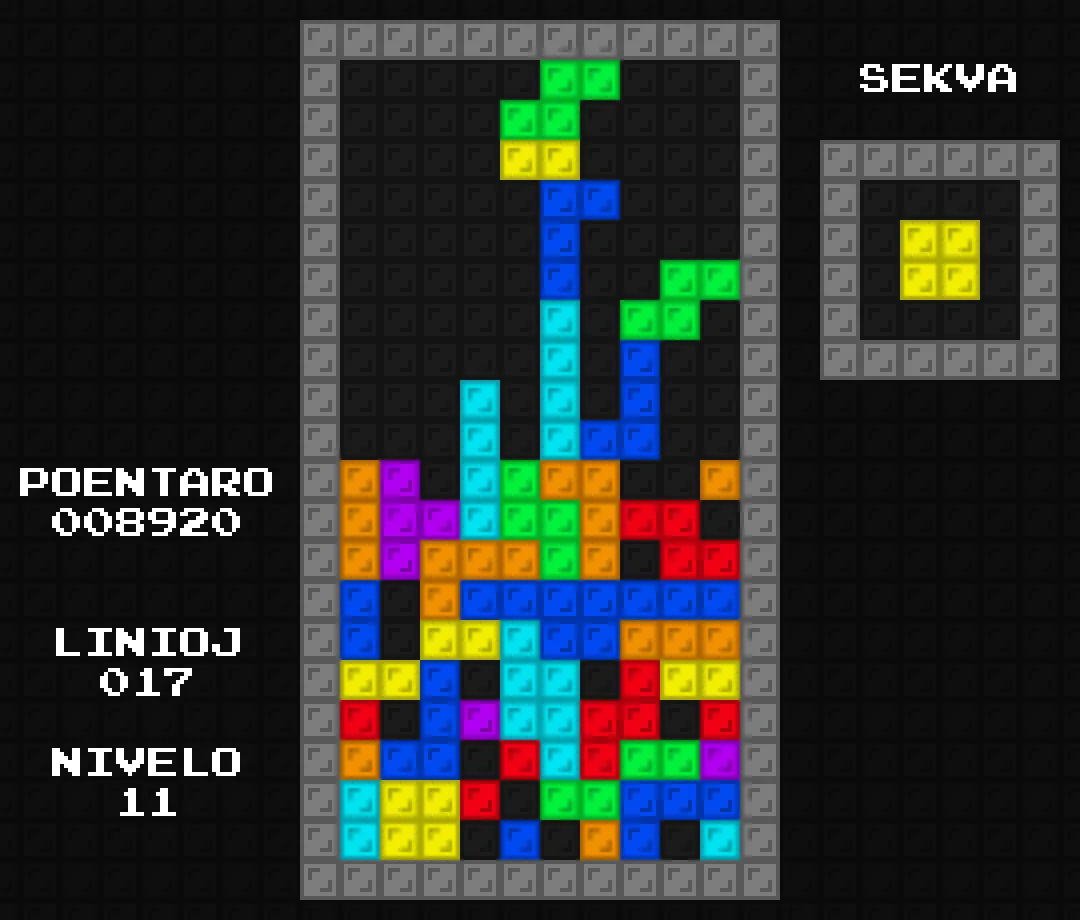
🎯 Building Split Combos
Once you understand basic splitting, Dupartitris reveals its deeper strategic layer: combo construction. Instead of splitting one piece at a time, you can build stacks that clear multiple split lines simultaneously.
Imagine setting up a triple line clear where all three lines contain split pieces. Instead of earning 210 points (standard triple), you earn 900 points—more than quadruple the reward! This is where Dupartitris transcends its Tetris roots and becomes something uniquely strategic.
Building these combos requires planning several pieces ahead. You need to intentionally create split configurations across multiple rows, ensuring that when you finally trigger the clear, all the lines contain split pieces.
The hold function becomes essential here. If the next piece doesn't fit your split combo plan, hold it for later and work with what follows. Strategic piece management separates good Dupartitris players from great ones.
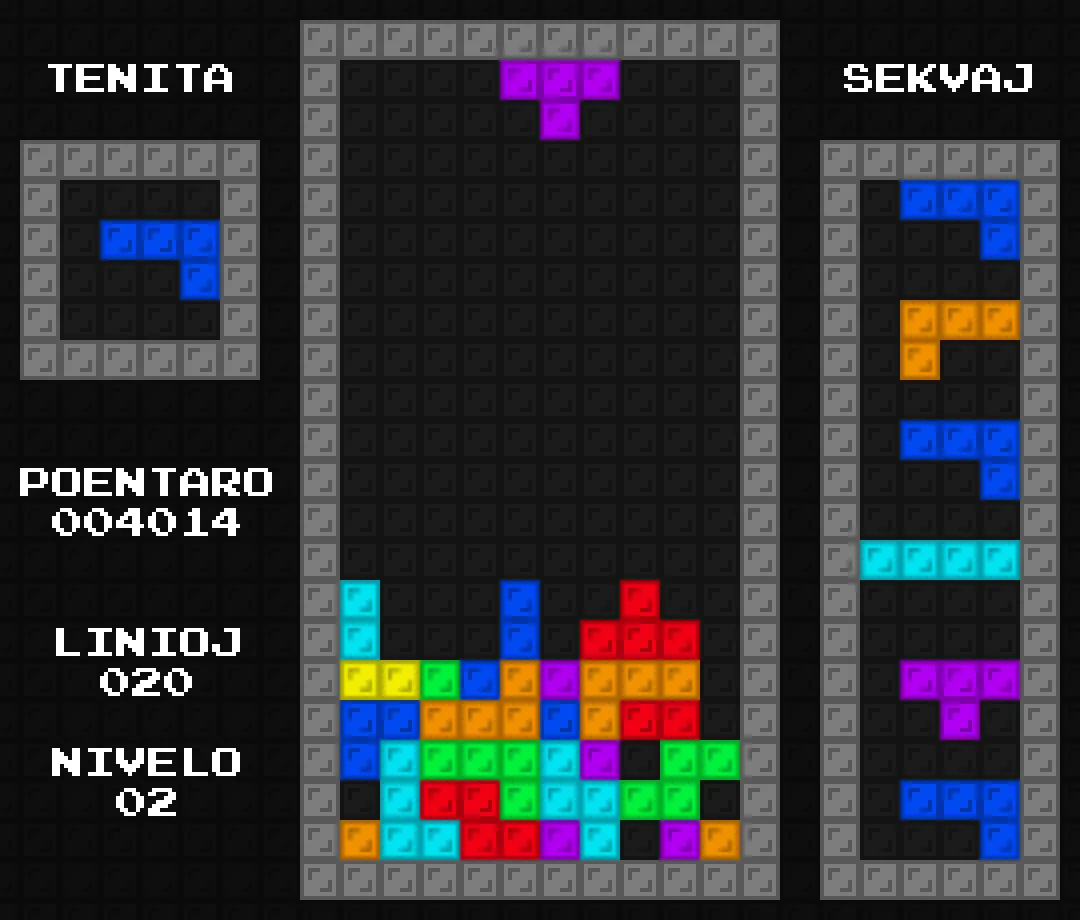
🧠 Advanced Split Strategies
As you become proficient with splitting, you'll discover advanced techniques that maximize scoring potential:
Asymmetric stacking – Unlike traditional Tetris, which rewards balanced stacking, Dupartitris encourages intentionally uneven board states. Having different heights on the left and right sides creates more splitting opportunities.
Edge weighting – Focusing placement near the center line ensures more pieces naturally cross the split boundary. This "edge weighting" strategy keeps your split percentage high.
Controlled chaos – Split placements often create gaps and irregularities that would be disastrous in regular Tetris. In Dupartitris, these "messy" boards are often optimal because they force future pieces into split positions.
Multi-edge splitting – Some advanced players explore splitting pieces across both horizontal and vertical edges simultaneously, though the scoring system currently doesn't provide additional bonuses for this—it's a personal challenge for those seeking maximum complexity.
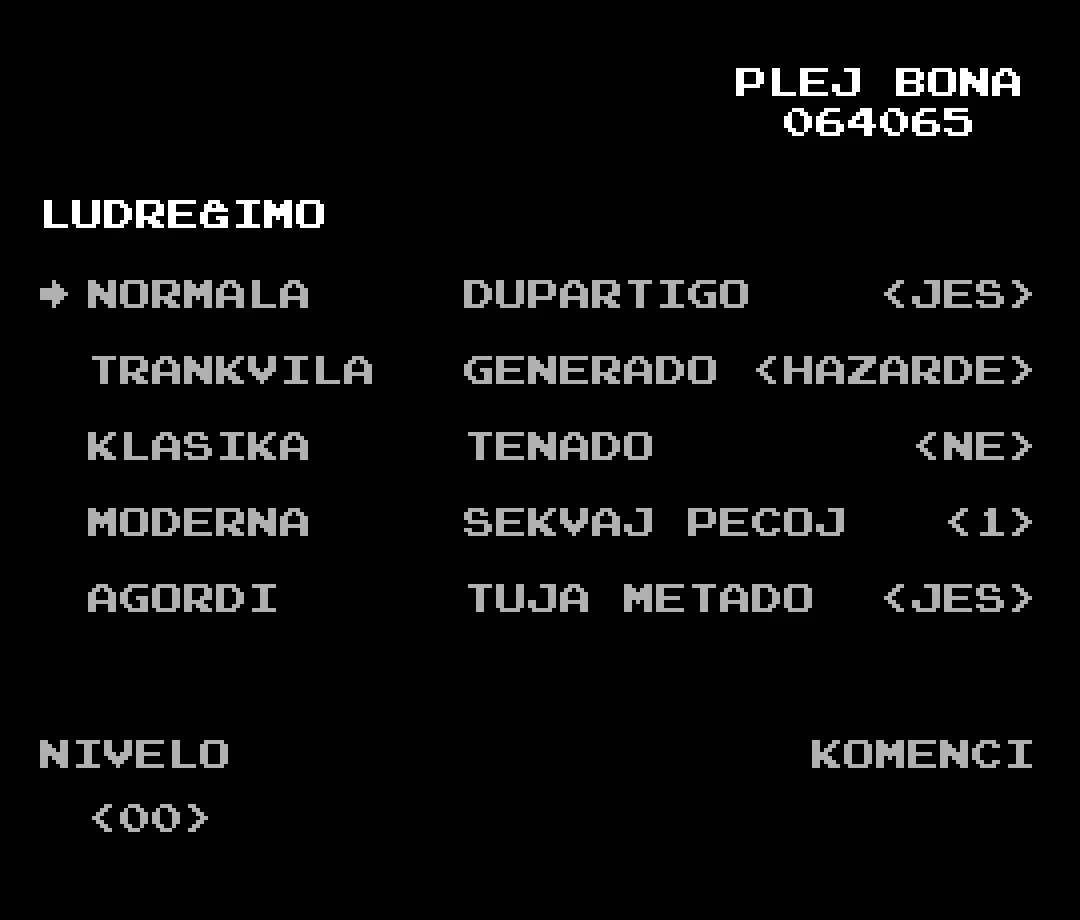
🏆 Mastering the Meta
Elite Dupartitris players develop an entirely different mental model than traditional Tetris experts. Instead of visualizing clean, orderly stacks, they see the board as a split optimization puzzle.
High-level play involves:
- Maximizing split percentage – Aiming for 80-90%+ of line clears to use split pieces
- Combo chaining – Setting up consecutive multi-line split clears for sustained high scoring
- Piece prioritization – Recognizing which upcoming pieces offer the best split opportunities
- Speed management – Balancing fast play (for level progression) with strategic splitting setup
- Recovery techniques – Knowing how to rebuild splitting opportunities after a messy clear
The game's unique scoring system means that a player clearing fewer lines but splitting more effectively can dramatically outscore a player using traditional Tetris strategies. A split double (300 points) beats a regular Tetris (400 points) when you can consistently execute multiple split doubles in the time it takes to set up one Tetris.
Dupartitris proves that you can take a legendary game formula and completely reinvent it with a single strategic mechanic. For Tetris veterans seeking a fresh challenge, this splitting system offers familiar comfort with genuinely new strategic depth.
Dupartitris — Split to Fit and Maximize Your Score

Dupartitris takes the beloved Tetris formula and adds a game-changing twist: strategic piece splitting. Instead of simply stacking falling blocks, you'll intentionally divide pieces across grid edges to earn dramatically higher scores. This single mechanic transforms familiar Tetris gameplay into something fresh, rewarding creative placement strategies over pure speed.
🎮 What is Dupartitris?
Dupartitris is a modern take on classic Tetris that introduces a revolutionary scoring system based on piece splitting. The core gameplay remains familiar—falling tetrominoes, line clearing, increasing speed—but the optimal strategy is completely different.
In traditional Tetris, you simply place pieces to clear lines efficiently. In Dupartitris, you're actively encouraged to split pieces across the grid's horizontal and vertical edges. When you clear lines using split pieces, your points multiply dramatically. A standard double line clear earns 100 points, but a split double line clear earns 300 points—triple the reward!
This scoring mechanic fundamentally changes how you approach each piece. Instead of cleanly stacking blocks, you're constantly looking for opportunities to split pieces strategically. Can you position this L-piece so half sits on the left side and half on the right? Can you drop this T-piece across the vertical midline to maximize your splitting bonus?
The game heavily rewards players who master the splitting technique. A split triple line clear (900 points) vastly outscores even a standard Tetris clear (400 points). This creates a fascinating risk-reward dynamic: do you play it safe with traditional placements, or push for ambitious splits that might create awkward gaps?
Dupartitris supports both keyboard and gamepad controls, includes a hold function for strategic piece management, and offers game modes with and without splitting mechanics for players who want to compare strategies.
🕹️ How to Play Dupartitris
Dupartitris features responsive controls optimized for precise piece placement:
Controls
| Action | Keyboard | Gamepad |
|---|---|---|
| Move Piece | Left/Right Arrows | D-Pad Left/Right |
| Soft Drop | Down Arrow | D-Pad Down |
| Hard Drop | Up Arrow | D-Pad Up |
| Rotate | X/Z | B/A |
| Hold | C | L/R |
| Pause | Enter/Escape | Start |
| Confirm | Enter | Start/A |
Scoring System
Dupartitris Scoring (Split Mode):
| Clear Type | Single | Double | Triple | Tetris |
|---|---|---|---|---|
| No Split | 40 | 100 | 210 | 400 |
| Splitted | 80 | 300 | 900 | - |
Classic Tetris Scoring (Split Disabled):
| Clear Type | Single | Double | Triple | Tetris |
|---|---|---|---|---|
| Points | 40 | 100 | 300 | 1200 |
Note: Split triple clears (900 points) reward more than standard Tetris clears (400 points), making splitting the optimal strategy.
Gameplay Strategy
- Prioritize splitting – Aim to place pieces across grid edges whenever possible
- Plan multiple lines – Set up double and triple line clears with split pieces
- Use the hold function – Save pieces that work perfectly for splitting opportunities
- Think asymmetrically – Abandon traditional Tetris stacking patterns
- Accept messiness – Split placements create unconventional board states—embrace it
- Watch the edges – Focus on the grid's center division line for maximum split potential
📸 Dupartitris Gameplay Walkthrough

🧱 Learning to Split
When you first start Dupartitris, the splitting concept feels counterintuitive. Your Tetris instincts tell you to stack pieces cleanly on one side. But the scoring system aggressively pushes you toward a different approach.
Try placing an I-piece (the long straight piece) horizontally across the grid's center line—two blocks on the left, two blocks on the right. When you clear that line, you'll earn 80 points instead of 40. You just doubled your score simply by changing where you placed the piece.
This early experimentation teaches you to see the grid differently. The center line isn't a barrier—it's an opportunity. Every piece becomes a potential split candidate. Can you rotate that T-piece and drop it so it straddles the edge? Can you position that Z-piece to maximize splitting while still contributing to line clears?
The learning curve is short but satisfying. Within a few games, you'll naturally gravitate toward split placements, recognizing scoring opportunities that would be invisible in traditional Tetris.

🎯 Building Split Combos
Once you understand basic splitting, Dupartitris reveals its deeper strategic layer: combo construction. Instead of splitting one piece at a time, you can build stacks that clear multiple split lines simultaneously.
Imagine setting up a triple line clear where all three lines contain split pieces. Instead of earning 210 points (standard triple), you earn 900 points—more than quadruple the reward! This is where Dupartitris transcends its Tetris roots and becomes something uniquely strategic.
Building these combos requires planning several pieces ahead. You need to intentionally create split configurations across multiple rows, ensuring that when you finally trigger the clear, all the lines contain split pieces.
The hold function becomes essential here. If the next piece doesn't fit your split combo plan, hold it for later and work with what follows. Strategic piece management separates good Dupartitris players from great ones.

🧠 Advanced Split Strategies
As you become proficient with splitting, you'll discover advanced techniques that maximize scoring potential:
Asymmetric stacking – Unlike traditional Tetris, which rewards balanced stacking, Dupartitris encourages intentionally uneven board states. Having different heights on the left and right sides creates more splitting opportunities.
Edge weighting – Focusing placement near the center line ensures more pieces naturally cross the split boundary. This "edge weighting" strategy keeps your split percentage high.
Controlled chaos – Split placements often create gaps and irregularities that would be disastrous in regular Tetris. In Dupartitris, these "messy" boards are often optimal because they force future pieces into split positions.
Multi-edge splitting – Some advanced players explore splitting pieces across both horizontal and vertical edges simultaneously, though the scoring system currently doesn't provide additional bonuses for this—it's a personal challenge for those seeking maximum complexity.

🏆 Mastering the Meta
Elite Dupartitris players develop an entirely different mental model than traditional Tetris experts. Instead of visualizing clean, orderly stacks, they see the board as a split optimization puzzle.
High-level play involves:
- Maximizing split percentage – Aiming for 80-90%+ of line clears to use split pieces
- Combo chaining – Setting up consecutive multi-line split clears for sustained high scoring
- Piece prioritization – Recognizing which upcoming pieces offer the best split opportunities
- Speed management – Balancing fast play (for level progression) with strategic splitting setup
- Recovery techniques – Knowing how to rebuild splitting opportunities after a messy clear
The game's unique scoring system means that a player clearing fewer lines but splitting more effectively can dramatically outscore a player using traditional Tetris strategies. A split double (300 points) beats a regular Tetris (400 points) when you can consistently execute multiple split doubles in the time it takes to set up one Tetris.
Dupartitris proves that you can take a legendary game formula and completely reinvent it with a single strategic mechanic. For Tetris veterans seeking a fresh challenge, this splitting system offers familiar comfort with genuinely new strategic depth.
Release date
Developer
Platform
